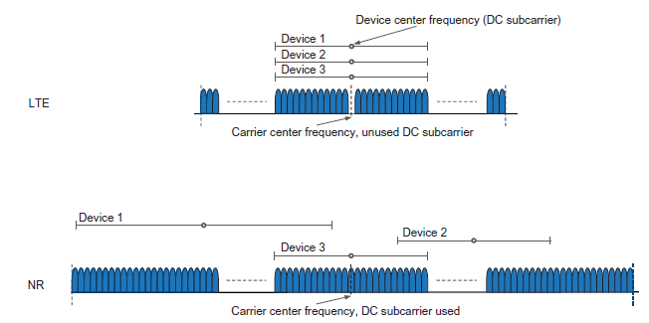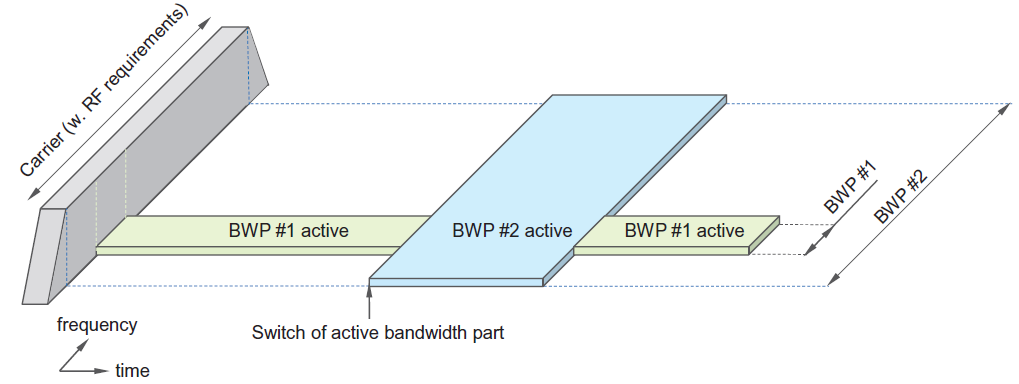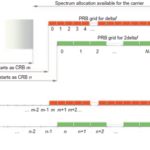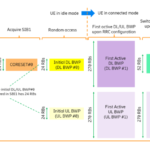5G: Bandwidth Part
LTE is designed under the assumption that all devices are capable of the maximum carrier bandwidth of 20 MHz.
This avoided several complications, for example, around the handling of the DC subcarrier, while having a negligible impact on the device cost.
It also allowed control channels to span the full carrier bandwidth to maximize frequency diversity.

The same assumption all devices being able to receive the full carrier bandwidth is not reasonable for NR, given the very wide carrier bandwidth supported.
Consequently, means for handling different device capabilities in terms of bandwidth support must be included in the design. Furthermore, reception of a very wide bandwidth can be costly in terms of device energy consumption compared to receiving a narrower bandwidth.
Using the same approach as in LTE where the downlink control channels would occupy the full carrier bandwidth would therefore significantly increase the power consumption of the device.

A better approach is, as done in NR, to use receiver-bandwidth adaptation such that the device can use a narrower bandwidth for monitoring control channels and to receive small-to-medium-sized data transmissions and to open the full bandwidth when a large amount of data is scheduled.
To handle these two aspects, support for devices not capable of receiving the full carrier bandwidth and receiver-side bandwidth adaptation, NR defines bandwidth parts (BWPs)
A bandwidth part is characterized by a numerology (subcarrier spacing and cyclic prefix) and a set of consecutive resource blocks in the numerology of the BWP, starting at a certain common resource block.




